-
 Bitcoin
Bitcoin $117400
-0.46% -
 Ethereum
Ethereum $3768
0.60% -
 XRP
XRP $3.551
2.09% -
 Tether USDt
Tether USDt $1.000
0.00% -
 Solana
Solana $203.2
11.30% -
 BNB
BNB $770.9
1.92% -
 USDC
USDC $0.9999
0.01% -
 Dogecoin
Dogecoin $0.2709
-0.02% -
 Cardano
Cardano $0.9024
4.49% -
 TRON
TRON $0.3139
0.60% -
 Hyperliquid
Hyperliquid $45.60
-1.41% -
 Stellar
Stellar $0.4730
-1.34% -
 Sui
Sui $4.025
2.15% -
 Chainlink
Chainlink $19.79
2.19% -
 Hedera
Hedera $0.2724
-2.39% -
 Avalanche
Avalanche $25.93
3.05% -
 Bitcoin Cash
Bitcoin Cash $524.0
-1.83% -
 Shiba Inu
Shiba Inu $0.00001558
0.50% -
 Litecoin
Litecoin $116.7
-0.30% -
 UNUS SED LEO
UNUS SED LEO $8.996
0.00% -
 Toncoin
Toncoin $3.334
1.83% -
 Polkadot
Polkadot $4.506
0.34% -
 Uniswap
Uniswap $10.99
4.83% -
 Ethena USDe
Ethena USDe $1.001
0.03% -
 Pepe
Pepe $0.00001461
3.17% -
 Monero
Monero $320.3
-1.01% -
 Bitget Token
Bitget Token $4.935
0.36% -
 Dai
Dai $0.9998
0.00% -
 Aave
Aave $322.4
-1.25% -
 Bittensor
Bittensor $455.6
9.33%
What is a Bitcoin perpetual swap?
Bitcoin perpetual swaps let traders bet on Bitcoin's price without owning it, using leverage and funding rates, but carry risks like liquidation and high volatility.
Jul 21, 2025 at 11:35 am
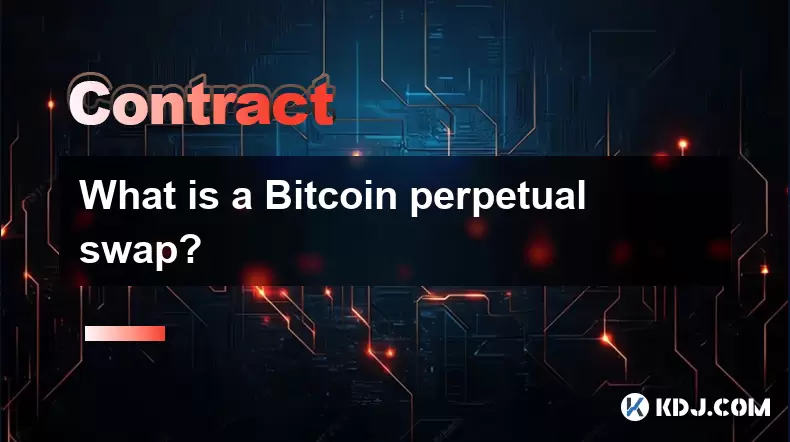
Understanding the Concept of Bitcoin Perpetual Swaps
A Bitcoin perpetual swap is a type of derivative contract that allows traders to speculate on the price of Bitcoin without owning the actual asset. Unlike traditional futures contracts, which have an expiration date, perpetual swaps do not have a set settlement date. This unique feature enables traders to hold positions indefinitely, provided they meet the required margin and funding costs. The contract's price is typically tied to the spot price of Bitcoin through a funding rate mechanism.
Perpetual swaps are widely used by both retail and institutional traders for hedging, speculation, and arbitrage purposes. These contracts are available on most major cryptocurrency derivatives exchanges such as Binance, Bybit, and BitMEX. Traders can go long (betting on price increase) or short (betting on price decrease) depending on their market outlook.
How Bitcoin Perpetual Swaps Work
The mechanics of a Bitcoin perpetual swap revolve around the funding rate and the price index. The funding rate is a periodic payment made between long and short positions to ensure that the price of the perpetual contract remains close to the spot price of Bitcoin. If the funding rate is positive, longs pay shorts, and if it's negative, shorts pay longs.
The price index is derived from multiple spot exchanges to prevent manipulation and ensure fair pricing. The contract also uses a mark price, which is used to calculate unrealized profits and losses as well as liquidation levels. This helps prevent unfair liquidations during periods of high volatility.
Trading Mechanics and Margin Requirements
To trade a Bitcoin perpetual swap, users must deposit a certain amount of margin, which acts as collateral for the position. Exchanges offer varying levels of leverage, often ranging from 1x to 100x, depending on the platform and the trader's risk appetite.
- Initial margin refers to the minimum amount of capital required to open a position.
- Maintenance margin is the minimum balance needed to keep the position open.
- If the account equity falls below the maintenance margin level, a liquidation occurs, and the position is automatically closed.
Traders must also monitor their position size and liquidation price to avoid being forced out of the market due to insufficient margin. Risk management tools like stop-loss and take-profit orders are commonly used to manage exposure.
Funding Rate and Its Impact on Positions
The funding rate is usually settled every 8 hours. It is calculated based on the difference between the perpetual contract price and the spot price. When the contract trades above the spot price, the funding rate becomes positive, encouraging traders to short the contract to bring the price back in line.
- Traders holding long positions pay funding to those holding short positions when the rate is positive.
- Inversely, when the rate is negative, shorts pay longs, which can be beneficial for holding long positions during bearish market conditions.
Understanding the funding rate is crucial for long-term traders, as it can significantly affect the profitability of a position over time. Some traders actively monitor and adjust their positions based on the expected funding rate changes.
Advantages and Risks of Bitcoin Perpetual Swaps
Bitcoin perpetual swaps offer several advantages, including high liquidity, leverage, and no expiration dates. These features make them ideal for traders who want to take advantage of short-term price movements or maintain long-term directional exposure.
However, they also come with significant risks:
- High leverage can amplify both gains and losses, potentially leading to complete capital loss.
- Funding costs can accumulate over time, especially for large positions held over extended periods.
- Market volatility can trigger liquidations, especially if traders are overleveraged or fail to manage their risk properly.
Traders should thoroughly understand the mechanics and risks before engaging in Bitcoin perpetual swap trading.
Frequently Asked Questions
What is the difference between a Bitcoin futures contract and a Bitcoin perpetual swap?
A Bitcoin futures contract has a set expiration date and settles at a predetermined price, while a Bitcoin perpetual swap has no expiration date and uses a funding rate mechanism to stay pegged to the spot price.
How is the funding rate calculated in Bitcoin perpetual swaps?
The funding rate is calculated based on the difference between the perpetual contract price and the spot price. Exchanges also factor in interest rates and other market variables to determine the final rate.
Can I lose more than my initial investment in a Bitcoin perpetual swap trade?
Yes, if you're trading on platforms that allow negative balances or if the market moves sharply against your leveraged position, you can lose more than your initial margin deposit.
Do I need to own Bitcoin to trade Bitcoin perpetual swaps?
No, you do not need to own Bitcoin to trade perpetual swaps. These contracts are settled in fiat or stablecoins, allowing traders to speculate on Bitcoin's price without holding the underlying asset.
Disclaimer:info@kdj.com
The information provided is not trading advice. kdj.com does not assume any responsibility for any investments made based on the information provided in this article. Cryptocurrencies are highly volatile and it is highly recommended that you invest with caution after thorough research!
If you believe that the content used on this website infringes your copyright, please contact us immediately (info@kdj.com) and we will delete it promptly.
- XRP, Bitcoin, Ripplecoin: Navigating the Crypto Landscape in 2025
- 2025-07-22 20:30:13
- Cardano Ecosystem Watch: Can PayFi Token Remittix Trigger an ADA Overtake?
- 2025-07-22 20:50:13
- JasmyCoin Price Forecast: Chart Analysis Points to Potential Surge
- 2025-07-22 20:55:13
- Remittix, XRP, and Dogecoin: What's Hot in the Crypto Game Right Now?
- 2025-07-22 20:10:14
- BlockchainFX, PEPE, and USDT: What's the Buzz in the Crypto Jungle?
- 2025-07-22 18:50:12
- Ripple's RLUSD: Institutional Backing Fuels Stablecoin Ascent
- 2025-07-22 18:30:12
Related knowledge
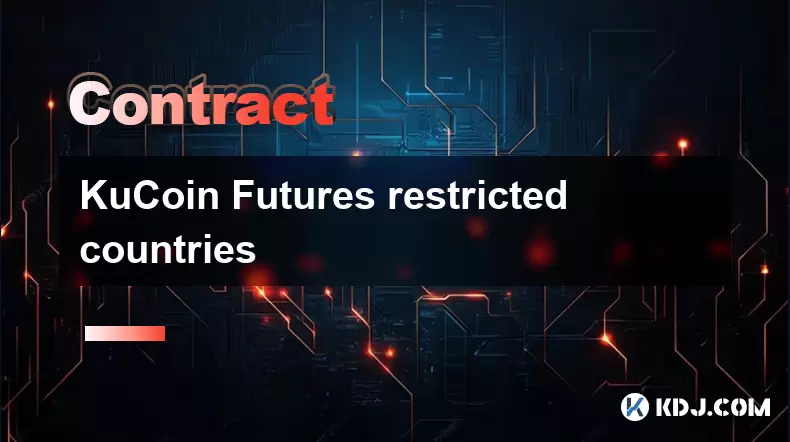
KuCoin Futures restricted countries
Jul 22,2025 at 09:00pm
Understanding KuCoin Futures and Geographic RestrictionsKuCoin Futures is a popular platform for trading perpetual and delivery futures contracts on c...

How to set a stop loss on KuCoin Futures?
Jul 22,2025 at 08:01pm
Understanding Stop Loss in KuCoin FuturesA stop loss is a risk management tool that automatically closes a position when the market moves against you ...
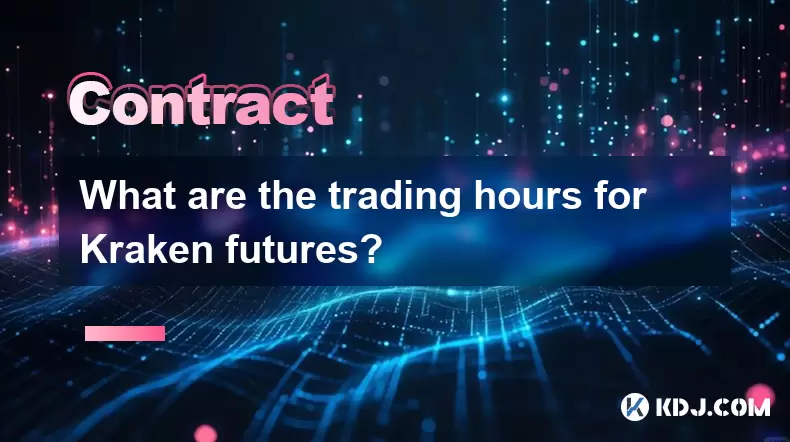
What are the trading hours for Kraken futures?
Jul 22,2025 at 08:49pm
Understanding Kraken Futures Trading HoursKraken Futures, a product of the well-established cryptocurrency exchange Kraken, offers users the ability t...
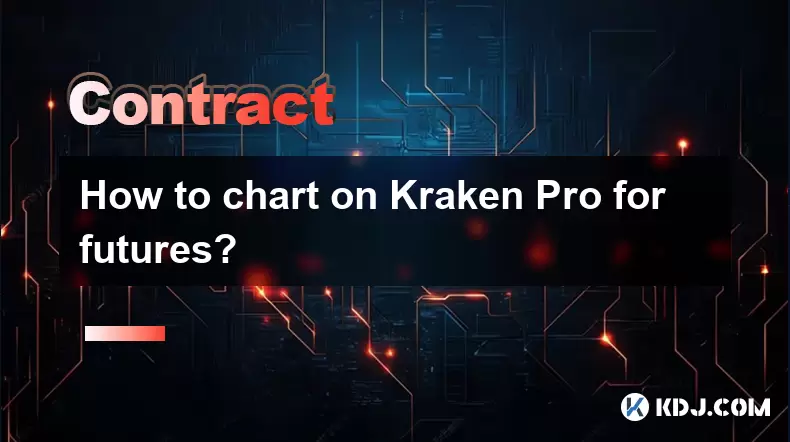
How to chart on Kraken Pro for futures?
Jul 22,2025 at 07:42pm
Understanding Kraken Pro Futures InterfaceBefore diving into charting, it’s essential to recognize how Kraken Pro structures its futures trading envir...
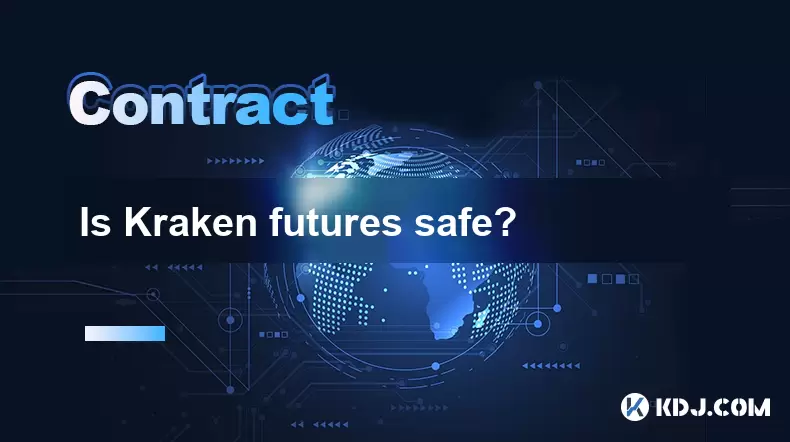
Is Kraken futures safe?
Jul 22,2025 at 08:07pm
Understanding Kraken Futures and Its Regulatory FrameworkKraken Futures, operated by the well-known cryptocurrency exchange Kraken, is a platform desi...
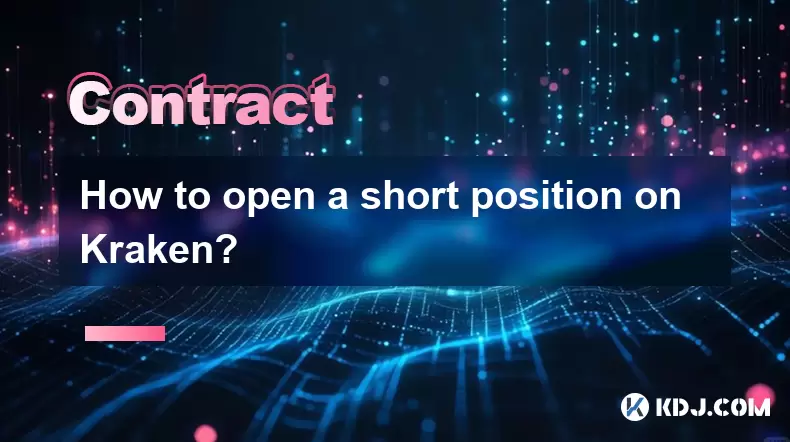
How to open a short position on Kraken?
Jul 22,2025 at 05:00pm
Understanding Short Positions in CryptocurrencyA short position allows traders to profit from a decline in the price of an asset. On Kraken, this is p...

KuCoin Futures restricted countries
Jul 22,2025 at 09:00pm
Understanding KuCoin Futures and Geographic RestrictionsKuCoin Futures is a popular platform for trading perpetual and delivery futures contracts on c...

How to set a stop loss on KuCoin Futures?
Jul 22,2025 at 08:01pm
Understanding Stop Loss in KuCoin FuturesA stop loss is a risk management tool that automatically closes a position when the market moves against you ...

What are the trading hours for Kraken futures?
Jul 22,2025 at 08:49pm
Understanding Kraken Futures Trading HoursKraken Futures, a product of the well-established cryptocurrency exchange Kraken, offers users the ability t...

How to chart on Kraken Pro for futures?
Jul 22,2025 at 07:42pm
Understanding Kraken Pro Futures InterfaceBefore diving into charting, it’s essential to recognize how Kraken Pro structures its futures trading envir...

Is Kraken futures safe?
Jul 22,2025 at 08:07pm
Understanding Kraken Futures and Its Regulatory FrameworkKraken Futures, operated by the well-known cryptocurrency exchange Kraken, is a platform desi...

How to open a short position on Kraken?
Jul 22,2025 at 05:00pm
Understanding Short Positions in CryptocurrencyA short position allows traders to profit from a decline in the price of an asset. On Kraken, this is p...
See all articles

























































































